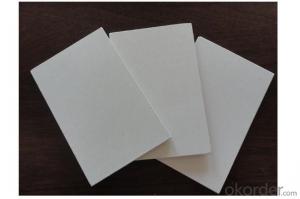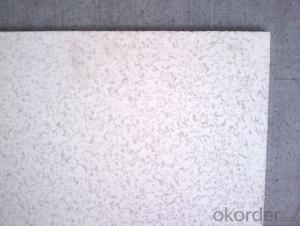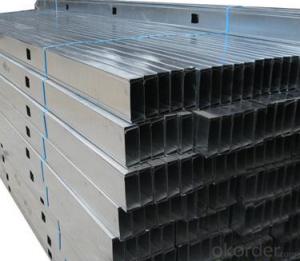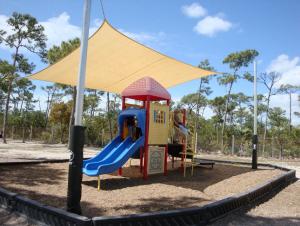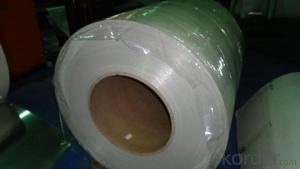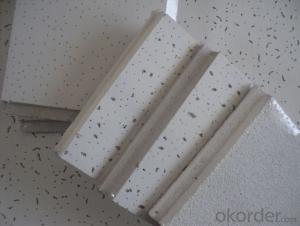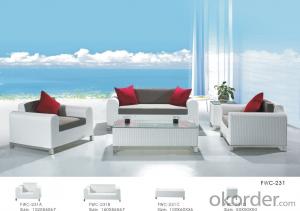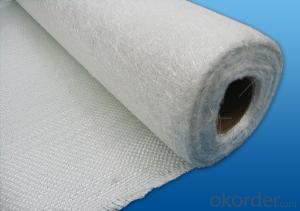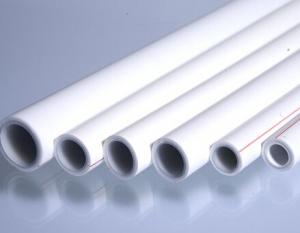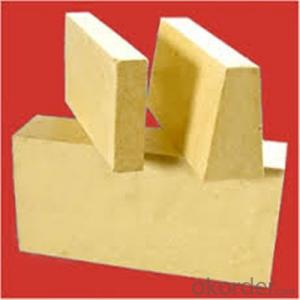Stainless Steel Refrigerator And Stove Combo
Stainless Steel Refrigerator And Stove Combo Related Searches
High Five Stainless Steel Prop High Quality Solar Inverter High Temperature Clear Plastic Sheet High Voltage Solar Inverter Stainless Steel Peg Board Best Quality Roofing Felt High Intensity Desk Lamp High Efficiency Hvac Systems High Rupturing Capacity Fuse High-Pressure CompressorHot Searches
Steel Mesh Panels For Sale Price For Stainless Steel Scrap Scrap Price For Stainless Steel Price For Stainless Steel Stainless Steel Tank For Sale Stainless Steel Sheets For Sale Cheap High Tea Sets For Sale Stainless Steel Tanks For Sale Stainless Steel For Sale High Density Fiberboard For Sale Solar Hot Water Collectors For Sale Scaffolding For Sale In Uae Scaffolding For Sale In Ireland Scaffolding For Sale In Houston Type Of Inverter For Solar Price Of Shipping Containers For Sale Types Of Inverter For Solar Stock Price For Aluminum Used Solar Inverter For Sale Price For Stainless Steel ScrapStainless Steel Refrigerator And Stove Combo Supplier & Manufacturer from China
Okorder.com is a professional Stainless Steel Refrigerator And Stove Combo supplier & manufacturer, offers integrated one-stop services including real-time quoting and online cargo tracking. We are funded by CNBM Group, a Fortune 500 enterprise and the largest Stainless Steel Refrigerator And Stove Combo firm in China.Hot Products
FAQ
- Stainless steel sheet welding method, thickness of 0.5mm
- Common welding method: pulse DC TIG welding.
- There are several benefits of using perforated stainless steel sheets in various applications. Firstly, perforated stainless steel sheets offer excellent strength and durability. Stainless steel is known for its high tensile strength and resistance to corrosion, making it a reliable choice for applications that require strong and long-lasting materials. The perforations in the sheets also do not compromise their structural integrity, ensuring that they can withstand heavy loads and harsh environments. Secondly, perforated stainless steel sheets provide excellent ventilation and airflow. The perforations allow air and other gases to pass through the sheets, making them ideal for applications that require proper ventilation, such as HVAC systems, industrial machinery, and automotive components. This ventilation capability helps prevent the buildup of heat and moisture, which can be crucial in maintaining the efficiency and safety of various equipment. Additionally, perforated stainless steel sheets offer versatility in design and aesthetics. The ability to customize the size, shape, and pattern of the perforations allows for the creation of unique and visually appealing designs. This makes them suitable for architectural applications, interior design elements, and decorative purposes. The wide range of available perforation patterns also enables the control of light transmission, creating interesting lighting effects or privacy screens. Moreover, perforated stainless steel sheets have excellent filtration capabilities. The perforations can be designed to filter out specific particles or substances, making them ideal for applications in the food and beverage industry, pharmaceuticals, and water treatment systems. This feature ensures the cleanliness and purity of the materials or fluids passing through the sheets, improving overall product quality and safety. Lastly, perforated stainless steel sheets are easy to clean and maintain. Stainless steel is non-porous, making it resistant to stains, dirt, and bacteria. This property, combined with the perforations, allows for easy cleaning and disinfection, making them suitable for applications that require high levels of hygiene, such as commercial kitchens, medical facilities, and laboratories. In summary, the benefits of using perforated stainless steel sheets include their strength and durability, ventilation capabilities, versatility in design, filtration capabilities, and ease of cleaning and maintenance. These qualities make them a preferred choice in a wide range of industries and applications.
- The average lifespan of stainless steel sheets can vary depending on various factors such as the grade and quality of the stainless steel, the environment in which it is used, and the level of maintenance and care it receives. Generally, stainless steel sheets are known for their durability and longevity. They are designed to resist corrosion, rust, and other forms of degradation, making them suitable for a wide range of applications. In ideal conditions and with proper maintenance, stainless steel sheets can last for several decades or even longer. However, in more aggressive environments with exposure to harsh chemicals, extreme temperatures, or high levels of moisture, the lifespan of stainless steel sheets may be reduced. Regular cleaning, proper storage, and routine inspections are important to ensure the longevity of stainless steel sheets. By following recommended maintenance practices, stainless steel sheets can provide reliable performance and a long lifespan.
- Absolutely! Automotive body panels can definitely benefit from the use of stainless steel sheets. This material is widely favored in the automotive industry because of its remarkable ability to resist corrosion and its exceptional durability. It can withstand even the harshest weather conditions, making it perfect for body panels. Moreover, stainless steel sheets provide a sleek and polished look, enhancing the overall aesthetic appeal of the vehicle. Furthermore, stainless steel offers a superior strength-to-weight ratio, resulting in better fuel efficiency and improved vehicle performance. In conclusion, stainless steel sheets are an incredibly reliable and long-lasting choice for automotive body panels.
- Yes, stainless steel sheets are resistant to UV rays. Stainless steel is known for its durability and corrosion resistance, and this extends to its ability to withstand exposure to UV rays. The chromium content in stainless steel forms a protective oxide layer on the surface, which helps prevent the metal from oxidizing or corroding when exposed to sunlight. This oxide layer acts as a barrier that shields the stainless steel from UV rays, making it highly resistant to the damaging effects of prolonged sun exposure. Therefore, stainless steel sheets are an excellent choice for outdoor applications where UV resistance is a requirement, such as roofing, cladding, and architectural elements.
- Indeed, it is possible to cut and weld stainless steel sheets. Various methods, such as shearing, plasma cutting, laser cutting, or waterjet cutting, can be utilized to cut stainless steel sheets. When it comes to welding, the process involves joining two pieces together by heating them to their melting points and, if needed, incorporating a filler material. Nevertheless, it is crucial to acknowledge that welding stainless steel necessitates specific techniques and equipment due to its distinctive attributes, including low thermal conductivity and high thermal expansion. Consequently, it is imperative to possess adequate training and expertise to guarantee a fruitful and high-quality weld.
- 420 stainless steel, there is no good 304
- Depends on what you used to do, 420 hardness is higher than 304, more suitable for cutting tools and so on; but 304, corrosion resistance is better than 420, if you take into account the problem of rust, 304 better.
- Stainless steel sheets differ from other types of sheets in terms of their composition and properties. Unlike regular sheets, stainless steel sheets are made primarily of an alloy that contains a high percentage of chromium, which provides excellent corrosion resistance. This makes stainless steel sheets highly durable and suitable for various applications, including in industries like construction, automotive, and food processing. Additionally, stainless steel sheets are known for their aesthetic appeal, as they have a shiny and polished surface that adds a modern and sleek look to any project.

